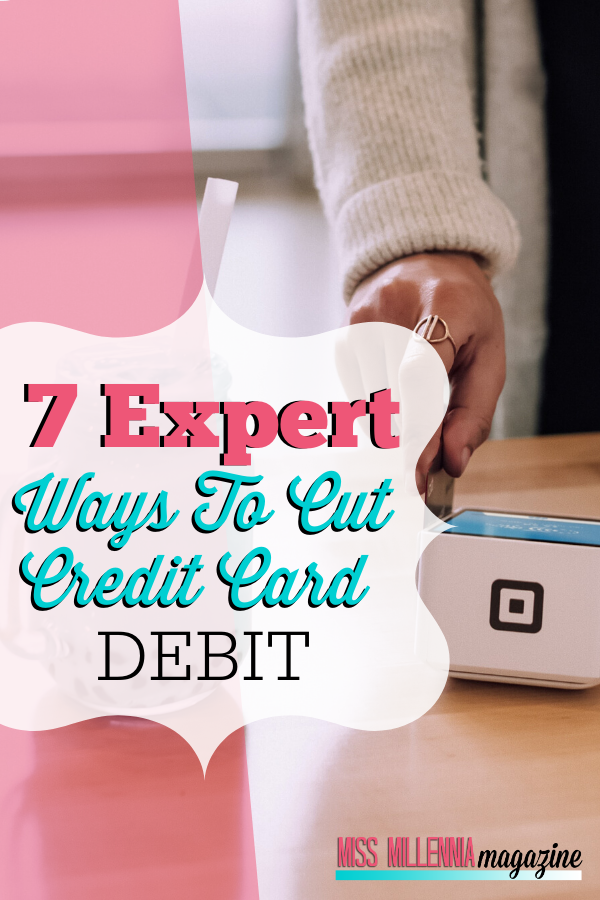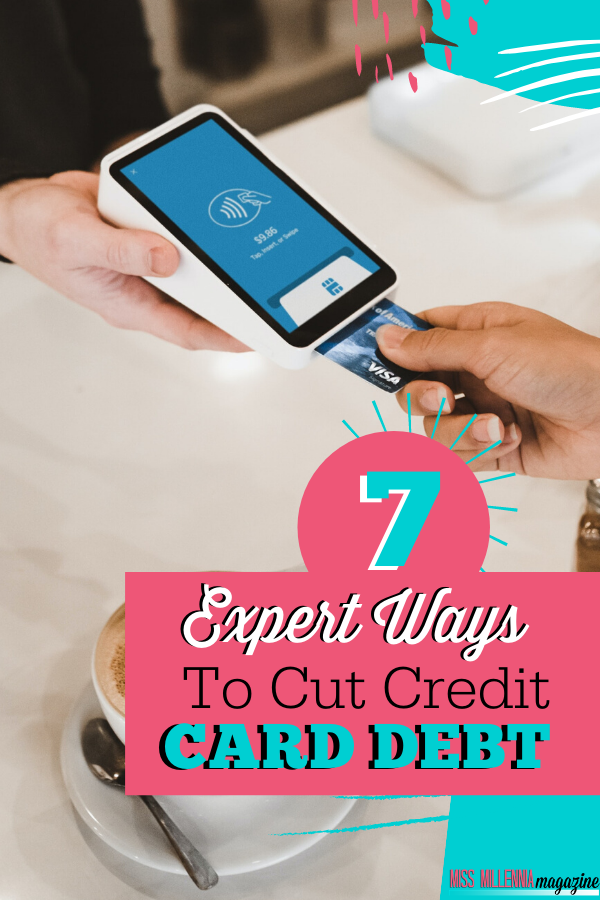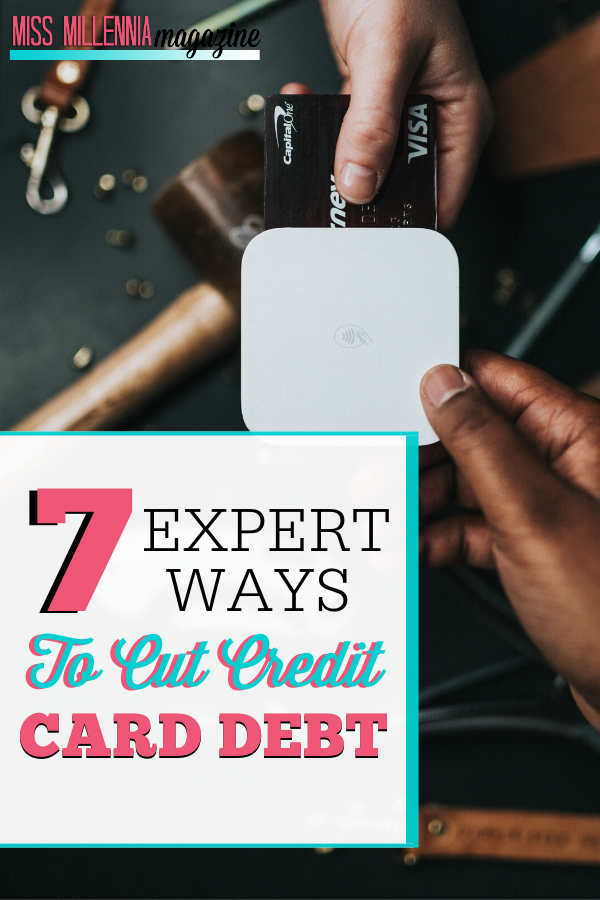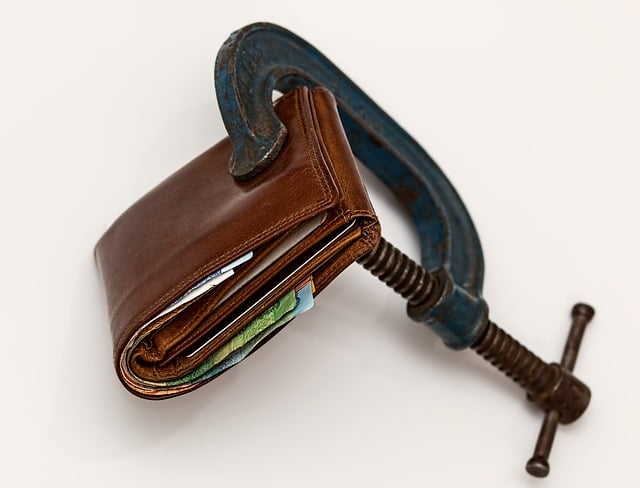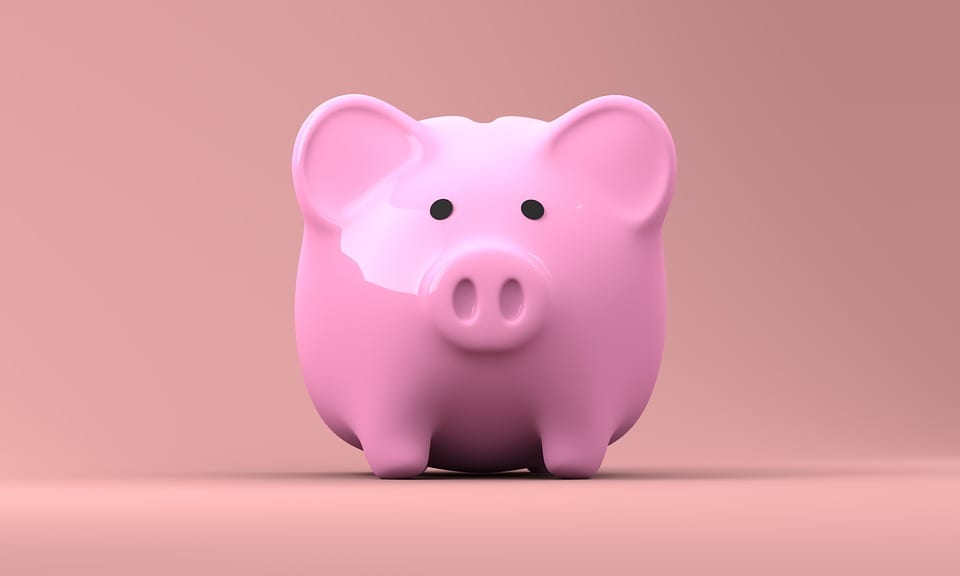7 Expert Ways to Cut Credit Card Debt
When finances are tight, borrowing some money seems like the only viable option for many. However, when you are borrowing, having a repayment plan in mind is essential. Debt is costly and can cause you to lose money in the long run. Using credit cards is the norm, with many people carrying more than one credit card—often a poor financial decision.
You need to kick your credit cards to the curb for several reasons. One of these is that credit cards are costly, incurring the highest interest rates. Secondly, you risk abusing your credit card, which can quickly make you a financial mess. Additionally, credit cards can hurt your credit score. In the end, you will find yourself in a debt hole.
Don’t worry if you’ve found yourself in this hole. We are here to help you cut credit card debt.
How do you eliminate creditors and step into freedom? Below are powerful expert tips that you can use.
Create a budget
Proper budgeting is the first step to cutting costs. A budget will inform you where all your money is going and keep you from making impromptu or unnecessary purchases. Creating a budget starts with calculating your total income per month. Afterward, you will list basic expenses, such as food and rent, and secondary costs, such as gym membership and other subscriptions. Include your debt repayment as part of your expenses in the budget.
If you find creating and sticking to a budget difficult, we suggest using Debitize to keep you on track.
Cut on costs by living within your means.
After you have created your budget, go back to it and find areas you can trim down. We all have that one thing in our budget that we can do without. Cutting down costs requires a bit of sacrifice, but it pays off. Learn to separate your needs from your wants and stop spending money on items you can forego. If you don’t do this, cutting credit card debt out of your life will be very challenging.
Pay more than the minimum payment required.
If your credit card company allows you to make monthly payments of, for example, 2% of your balance, pay more if you can.
If you have a debt of $5,000 and earn 15% interest, paying a minimum of $100 a month will result in years of debt and accumulation of interest. Even if you do not make any new purchases with the credit card, it will take you more than six years to be debt-free, and you will have paid an additional $2,900 in interest.
Rather than go through that, try your best to pay off your debt by paying more than your minimum amount each month. This will help reduce how much you’re charged for interest as well as shorten your payment timeline.
Eliminate your credit cards from the most expensive
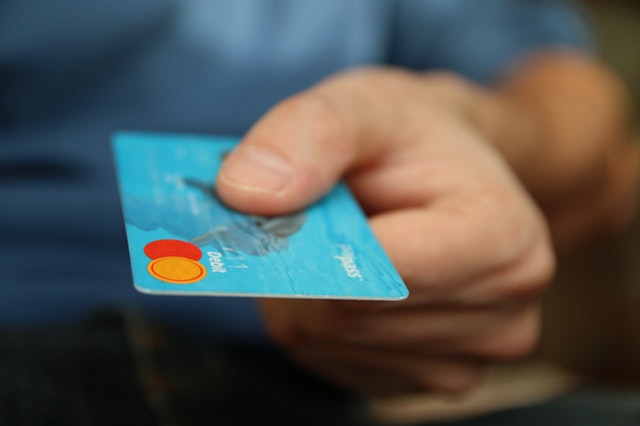
One way to cut credit card debt is by eliminating credit cards you don’t need or are harming you financially.
Having multiple cards is the surest way to accrue debt. If you’re already in this position, reducing your number of cards to one or none is prudent. You could choose a debit card instead of a credit card, as it helps you better manage your finances.
If you have multiple credit cards, do not make equal payments on each card. Instead, make substantial payments to the cards with the highest interest first and reduce the amount with lower interest. This debt repayment technique, known as a debt avalanche, is the most efficient for managing your debt.
Keep off debt
The best way to pay off your credit card fast is to put it away and start making cash purchases. Using cash helps you figure out how you are spending your money to be more frugal.
Move your balance to a low-interest credit card.
You can use offers to transfer your money to a low-interest credit card. Companies often offer a free interest period, which could run for six to twelve months. However, the deal is not all rosy, as you will have to pay an up-front flat rate fee or a transfer fee of 3-5% based on the amount you want to transfer. Even with these fees, though, the transfer could be worth the effort in the long run.
Try debt consolidation
As stated earlier, credit card debt is costly, with interest rates of 15% per year. To cut this off, you can take a personal loan and pay off your credit cards so that you are left with one low-interest loan to worry about. Such a move can have you paying an annual interest of 4-8% per annum, a vast savings strategy. Calculate your interest savings and bank them to benefit even more from this move.
What does this all mean?
While credit cards are convenient, they can get you into deep financial trouble. The best way to manage credit debt is not to have it in the first place. You will realize that you do not need to live off obligations if you practice living within your means, cutting off expenses, and tracking your spending patterns. Good money management practices can help you steer clear of unnecessary debts.
Which areas do you think you need to cut costs or stop spending? Tell us about it in the comments.
Want to learn more about how to cut credit card debt? Please read our article 6 Simple Ways to Avoid Credit Card Debt.
